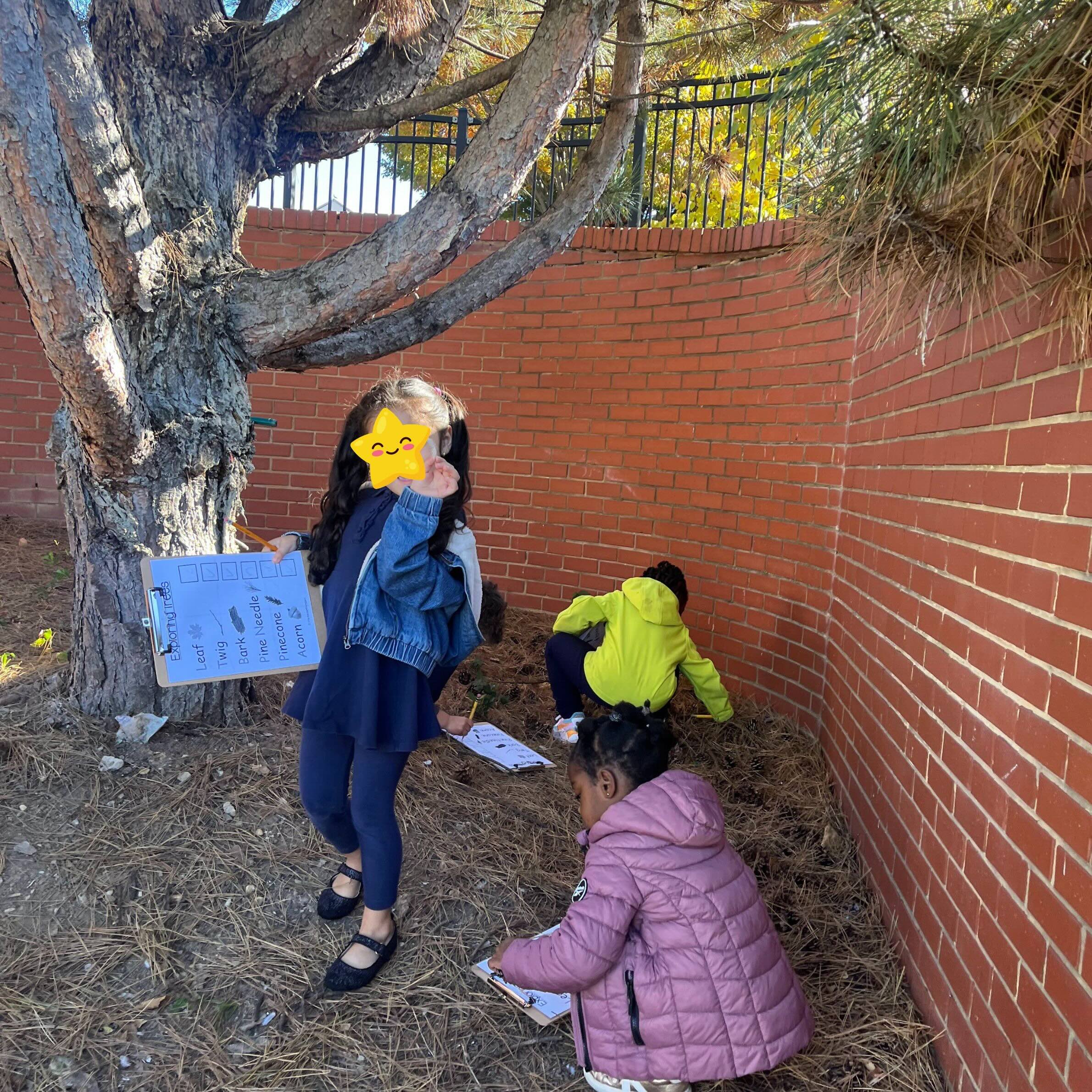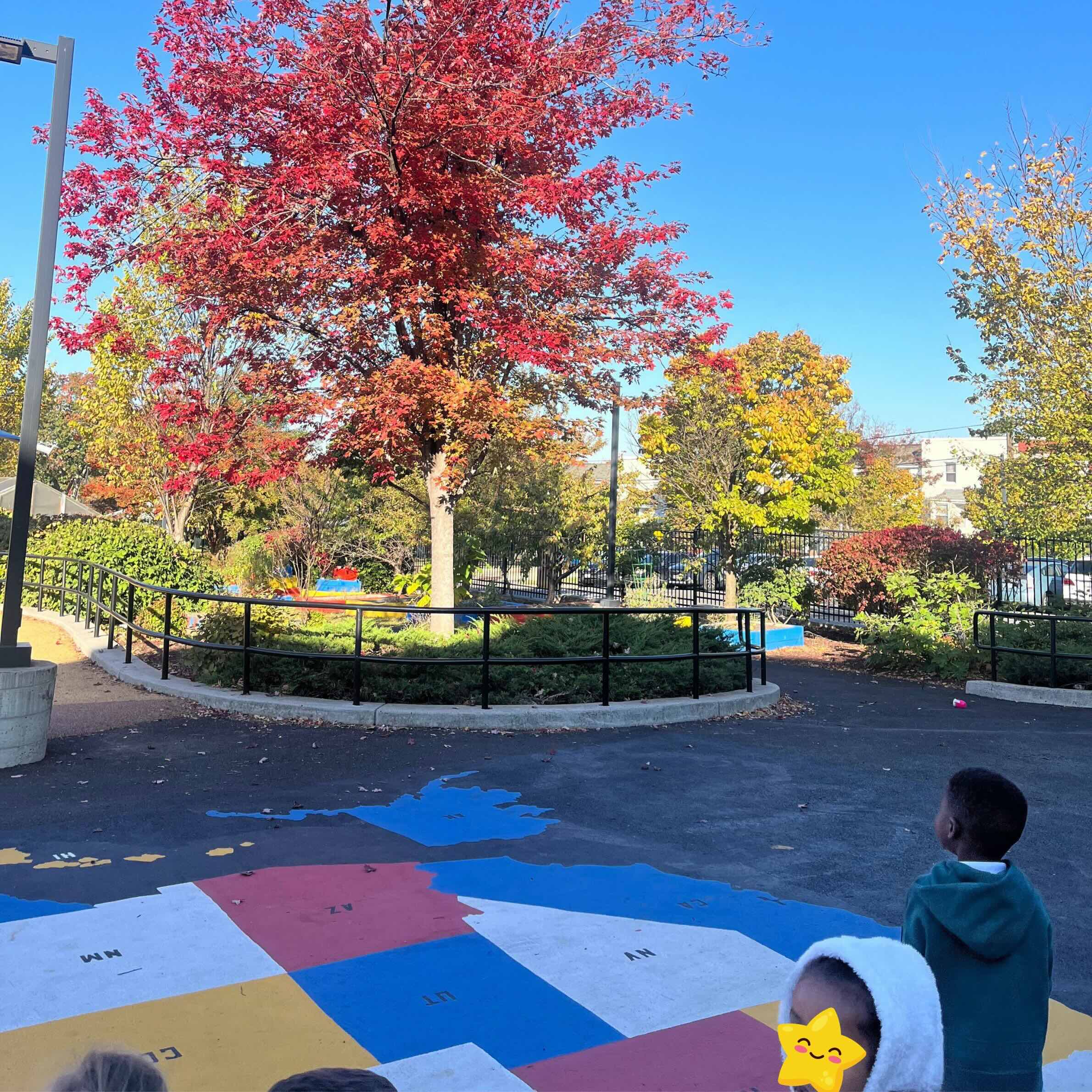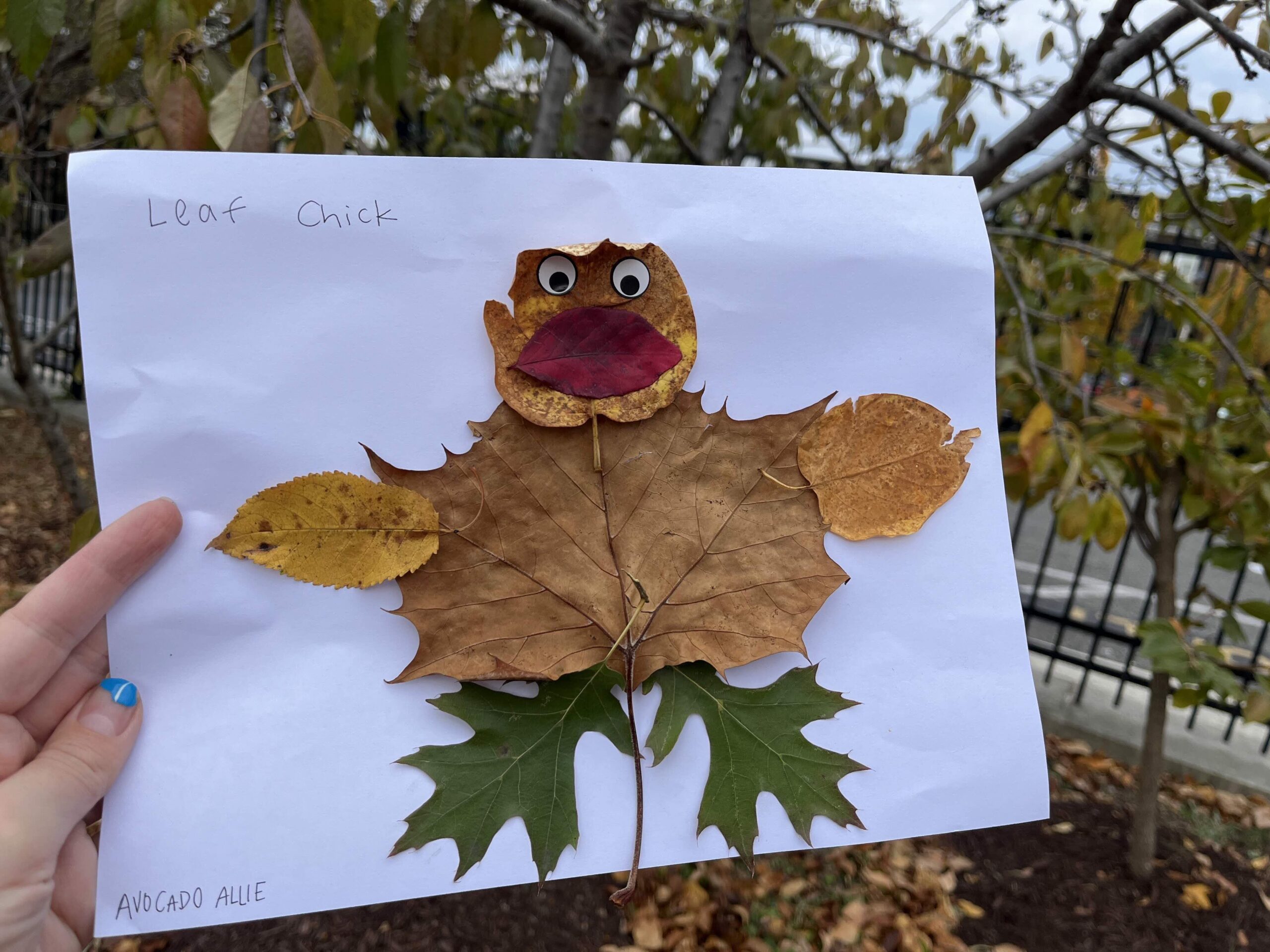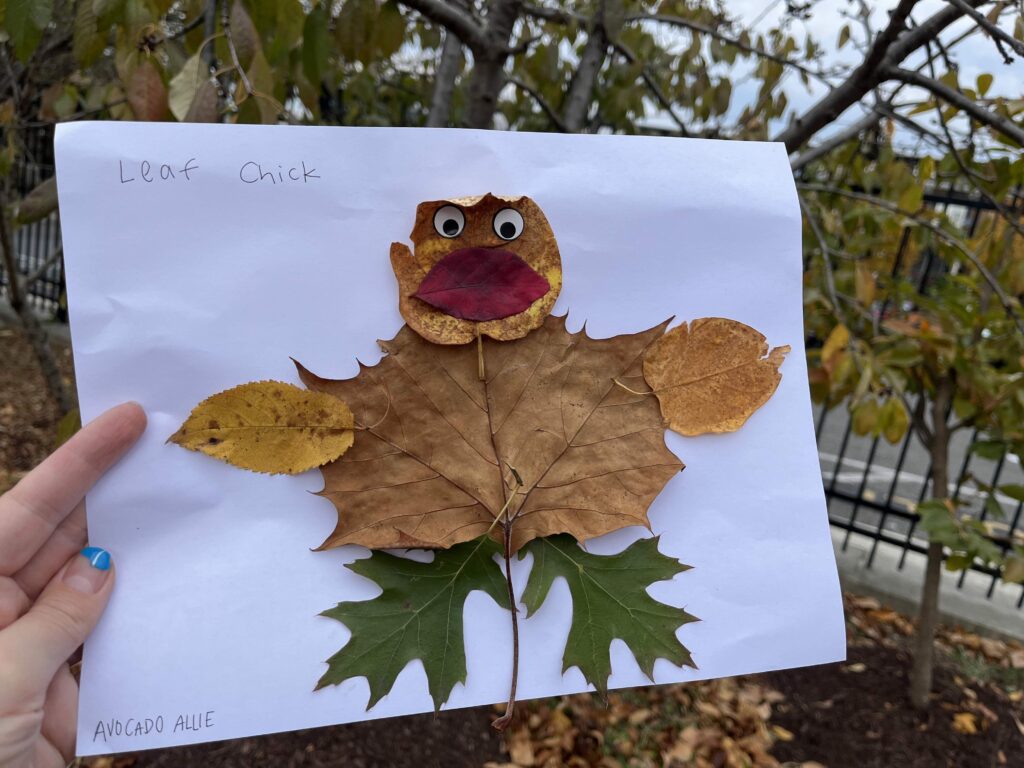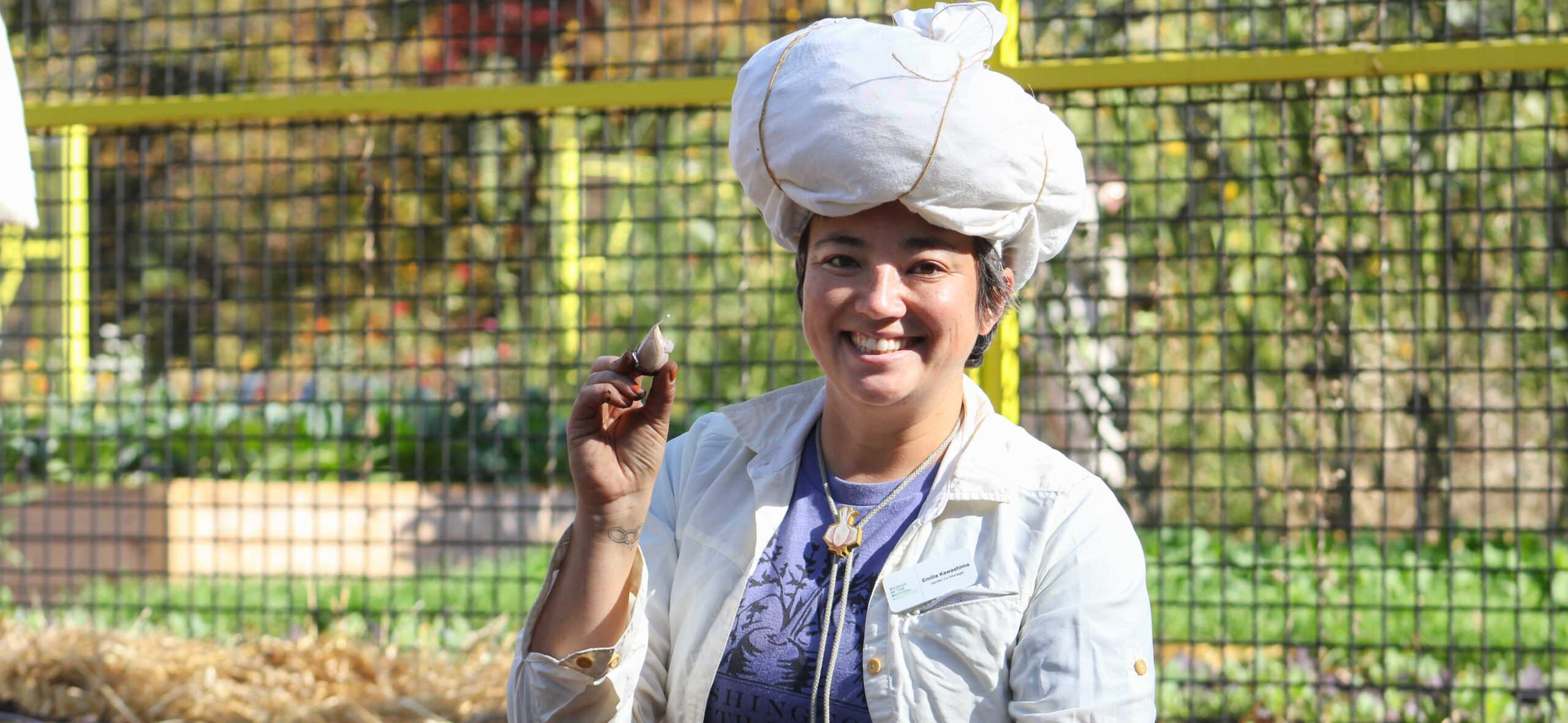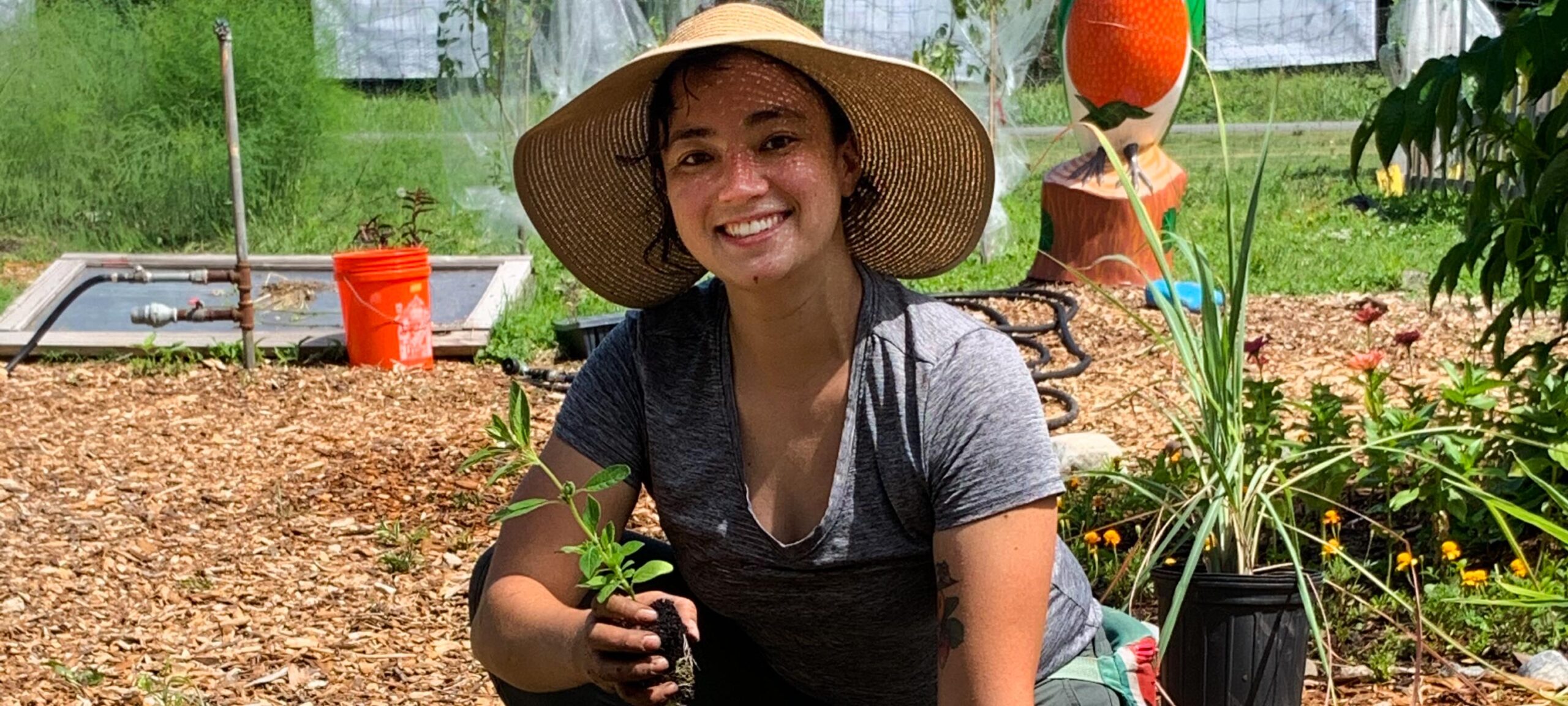Take Your Class on a Tree-sure Hunt
As the school year gets going and we transition from summer into fall, there are many outdoor activities you can do with your class. A fun way to explore the grounds of your school and connect with the local environment is a “tree-sure hunt”. A tree-sure hunt combines the fun of a treasure hunt — in this case looking for different types of trees — with the opportunity to learn more about trees. It can also help your students be more observant of the differences and changes they might see in the trees.
Here’s how you can do this activity with your students:
- Prepare: Decide what trees you want to find with your class and make some “clues” relating to the location of the trees or different parts of the tree they should find and/or collect to identify the type of tree. You can use the DC Street Tree Map or the CaseyTrees Tree Inventory to find the location and types of trees near your school.
- Go Outside: You can go together as a class or split into groups, providing each with a map or list of clues. The goal is to find and identify different trees or tree parts, such as leaves, bark, or seeds. Each clue should lead to a specific tree or tree-related object. For example, “My leaves look like hands with many pointy fingers” (oak) or “My seeds look like two wings and float to the ground like a helicopter” (maple) or “My leaves look like a fan and turn yellow in colder weather” (ginkgo). Get creative and have fun with it! Here is a scavenger hunt template you can copy to adapt to your context.
- Observe: At each tree you can ask students to use their five senses to observe any animals in or around the tree, how large the trunk is (how many of us can wrap our arms around the trunk?), how many students can sit in its shade, etc. You can ask follow up questions about how they knew the tree species and why trees are important (they help us and animals breathe, give animals and insects food and habitat, cool our earth, help with flooding and soil loss). Here’s an Urban Adventure Squad lesson where you measure the height of a tree with just a tape measure while learning about triangles.
- Collect and Create: At each tree, your students can collect a fallen leaf to help them learn how each species of tree has different leaf shapes. Back in the classroom, the students can make a collage of these leaves or trace them on colored paper and cut them out to put up on the wall in the classroom. Inside the leaves they can write something, whether it be just their name, something they learned, or a goal they have for the school year.
- Conclusion: End the activity with a discussion about what was discovered and learned. Encourage students to share their favorite part of the activity or what they found interesting. Repeat multiple times through the Fall season to help students understand seasonal changes and have them create positive senses of place.
Additional Resources
If your students really liked this activity, consider taking them on a field trip to the National Arboretum through our SPROUT field trip program, where there are plenty more trees for them to discover, along with other garden education activities at the Washington Youth Garden.
Explore FONA’s whole PreK curriculum: Terrific Trees.
